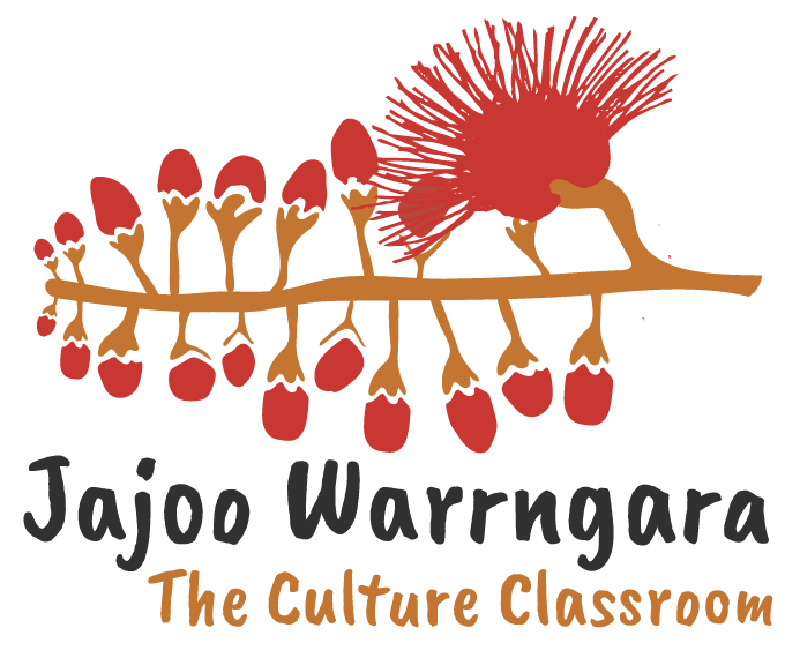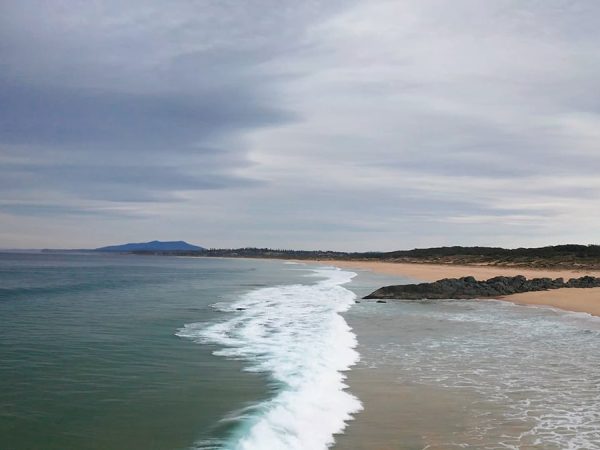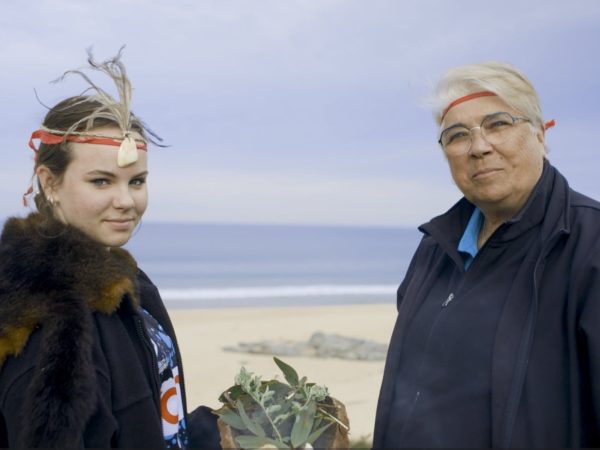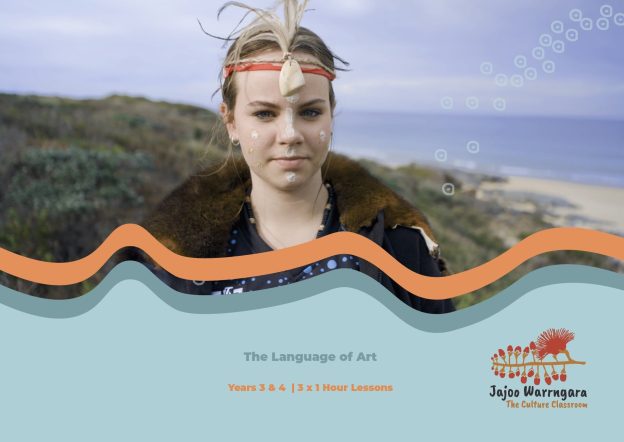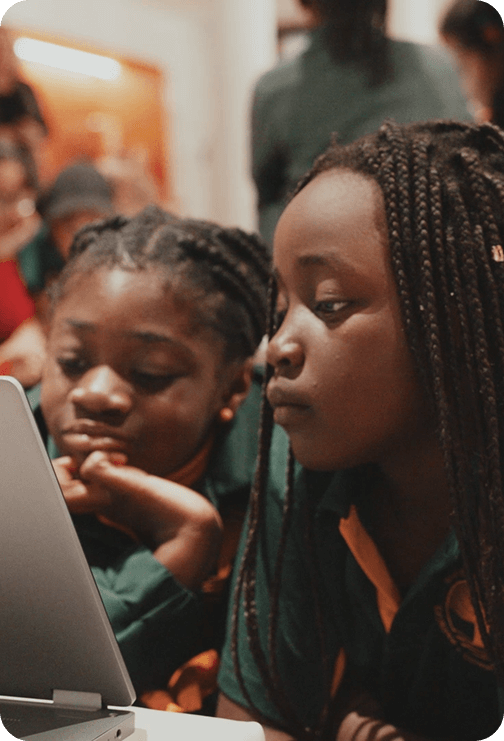Learning Areas
English | Visual Arts
In this unit
In this unit, students explore the cultural significance of First Nations art as storytelling, communication, and connection to Country with Brinja-Yuin Walbunja Elder, Aunty Trish. Students will learn how symbols, natural materials, and art share and preserve knowledge. Through activities like yarning circles, mind-mapping, bush walks, and nature art, students will reflect on the power of art in deepening their understanding of First Nations peoples and practices.
This unit includes:
Learning Areas
Cross Curriculum Priorities
Aboriginal and Torres Strait Islander Histories and Cultures
Related Units
Unit Content
